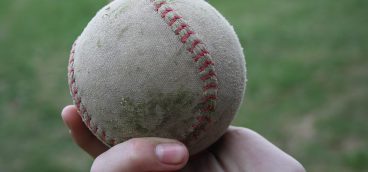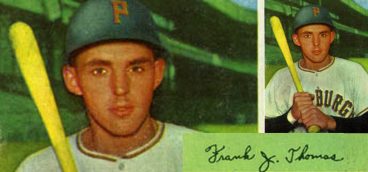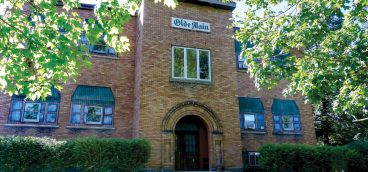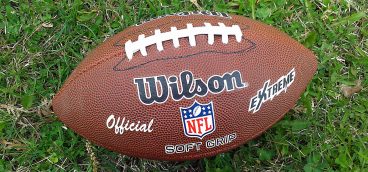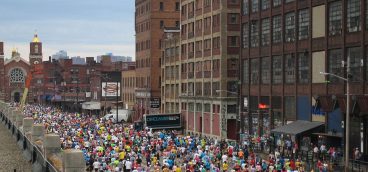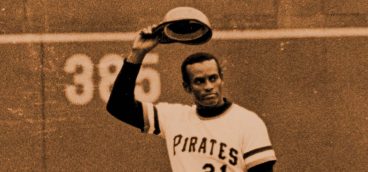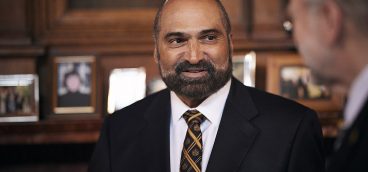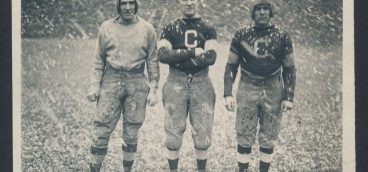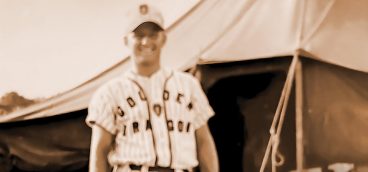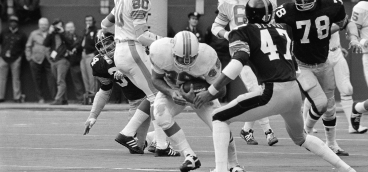Have a Duke: Baseball and Beer

While baseball fans are happy with the pitch clock because it has, on average, cut 30 minutes off this season’s games, there has been an unanticipated problem. If fans are spending less time at the ballpark, they’re consuming less food and drink.
Major league teams have been particularly concerned about the declining consumption of beer. In the past, teams limited the sale of beer to the end of the seventh inning to give fans, who had one too many, a chance to sober up before they drove home. With the pitch clock shortening games, fans have even less time to drink beer at the ballpark.
Several big league teams, including, not surprisingly, the Milwaukee Brewers, came up with a solution. They extended the period when fans can buy beer to the end of the eighth inning.
The Brewers’ president of business operations saw this as a practical solution: “From a time perspective, we’re probably looking at selling beer for the same amount of time by extending to the eighth inning that we did last year through the seventh.” He added , “Obviously, the safety and conduct of our fans is paramount, but other teams are doing the same thing.” He concluded that the extension was “an experiment” and the Brewers would be monitoring the situation.
Not everyone in baseball was happy with the extension. Phillies pitcher Matt Stahm argued that “if the game is going to finish quicker would we not move the sales back to the sixth inning to give fans a chance to sober up and drive home.” He added, “Instead we’re going into the eighth inning and now you’re putting our fans at risk driving home … who have just drank beer 22 minutes ago.”
It’s difficult to understand what the Brewers meant when they said the extension was only an experiment and that they would be monitoring the situation. Maybe they intended to monitor the number of car crashes, injuries, and fatalities that happen after Brewer fans leave the ballpark and drive home. And maybe they also intended to monitor the physical altercations between drunken fans as they weave their way out of the ball park and back to their cars? One thing is certain — teams have found a way to make back their money on beer sales, though the Brewers, to their credit, finally ended their “experiment” and moved beer sales back to the seventh inning.
When I was growing up in Pittsburgh in the late 1940s and 1950s, beer-drinking Pirate fans, including my father, faced a far greater challenge than today’s fans. While today’s fans can buy beer until the seventh or eighth inning, the sale of beer was banned at Forbes Field. You could, however, carry beer into the ballpark, at least until 1959, when Pirates management banned the practice because the Pirates, after a decade, were playing winning baseball and attracting larger and potentially more rowdy crowds.
If you carried beer bottles or cans into Forbes Field, you needed a “church key,” a small opener that had a loop at one end to pop open a bottle top and a sharp, pointed edge to puncture a can’s smooth surface. Church key carrying Pirate fans had a choice of three Pittsburgh-brewed beers in those days. The oldest and most popular beer, dating back to 1861, was Iron City, but Duquense, first sold in 1899, and Fort Pitt, in 1906, were also popular. Duquesne, which advertised itself as the “Prince of Pilsners” also made a popular Silver Top lager.
If you were living on the working-class Sooth Side, the presence of Duquesne beer seemed everywhere. The minute I walked out of our house on 21st and Merriman Way, just a block away from the Brady Street Bridge, I was greeted, if the wind was blowing the right (or wrong) way with the sour odor wafting from the Duquesne Brewery located several blocks away on Mary Street. When my father and I walked the two blocks up to the entrance to Brady Street Bridge to catch the 77/54 streetcar out to Forbes Field, we stood under a large billboard with a dashing-looking Duke offering us a tall glass of beer. The company’s slogan was “Have a Duke.”
My father never carried beer into Forbes Field, but he had his own way of fortifying himself before he entered the ballpark. My mother told him to keep the kid out of beer joints, but when we got off the Flying Fraction and walked down to the entrance to Forbes Field, instead of going into the ballpark, we stopped at a beer joint, euphemistically called the Home Plate Cafe, located just across the street.
I’d sit there on a bar stool, drink a Coke, and stare at the photographs of Honus Wagner shaking hands with Ty Cobb, of Pie Traynor crouched over, waiting to tag out a runner, and of the Waner brothers. “Big and Little Poison,” sitting one behind the other, bats in hand, while I waited for my father to finish what I hoped would be his last glass of beer (not surprisingly, he drank Duquesne), before taking me into the pleasure palace of my youth.
My father loved baseball, but he also loved his beer. At most games, he’d last until the seventh inning stretch and, unless Ralph Kiner was due up, he’d rise from his seat, say he was headed back to the Home Plate Cafe, and that was where I’d find him. I loved my Pirates and was too young to drink beer, so I stayed until the end, even though, for the Pirates in the 1950s, the end was usually as bitter as my first taste of beer when I was a teenager..
My father usually took me out to a Pirates game on Saturday afternoon, but never on Sunday, even though there were Sunday doubleheaders, because Pennsylvania blue laws banned the public sale of alcohol on Sunday. The way around the Sunday ban was to set up private clubs where patrons could play poker and drink their beer.
I spent many a Sunday afternoon with my father at the Duquesne social club (what else would a social club on the South Side be called) up on 21st and Sarah, where I listened to Rosey Rowswell and Bob Prince broadcast the Pirate games and played shuffle board bowling, while wishing my father had taken me out to Forbes Field. When I was old enough, I attended Sunday doubleheaders with my buddies and brought bottles into Forbes Field, though they were bottles of Tom Tucker orange pop to go with the chipped ham sandwiches my mother had made me.
I didn’t drink a beer at a Pirates game until they moved to Three Rivers Stadium. By then, I was in my thirties and in the company of my wife Anita and our three kids. By the time I drank a beer at PNC Park, my kids were old enough to drink beer (with apologies to Duquesne beer and my father, we drank Iron City). We’ve never had more than one Iron City at a Pirates game, but we still struggled on our way out of the ballpark after way too many hot dogs and pierogis, topped off by a giant soft pretzel.



